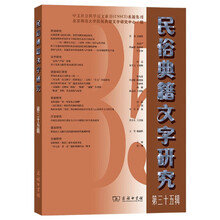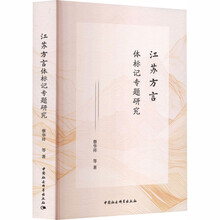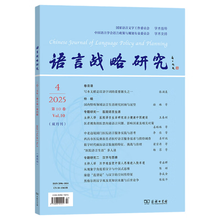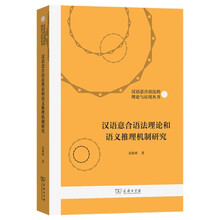As is mentioned earlier,a second important dimension of arhetorically effective RA is the writeFs credibility,ethos not only in termsof classical rhetoric but also seen from the perspective of socially orcollectively constructed knowledge.Credibility thus may nlean a lot in thecontext of research article writing:competence,confidence,authority,honesty,humility and perhaps amicability.Almost all metadiscoursalfeatures have to do with a suitable disciplinary ethos while hedges,boosters’evidentials,self-mentions and engagement markers do most ofthe job.
Hedges and boosters serve as two edges of one sword.circumspection plus uncertainty represented by hedges and priority plussolidarity represented by boosters may both lead to the convincing valueof the writers’statements.What matters iS how to manage a balancebetween these two interactional devices.
Hedges are abundantly deployed throughout the whole IMRCstructure of research articles while the Discussion sections are relativelyhaunted with more(cf。Hyland,1996a,1996b,1997,1998b).Thisreinforces MyersS(1989)contention that most hedging OCCUrs inDiscussion sections of research articles because it is here that the RAwriters need to show commitment while leaving open the possibility ofbeing mistaken.In the similar vein Salager.Meyer(1994)sums up thedistribution of vague expressions and other hedging strategies as beingclustered in the Introduction and Discussion sections.
展开










